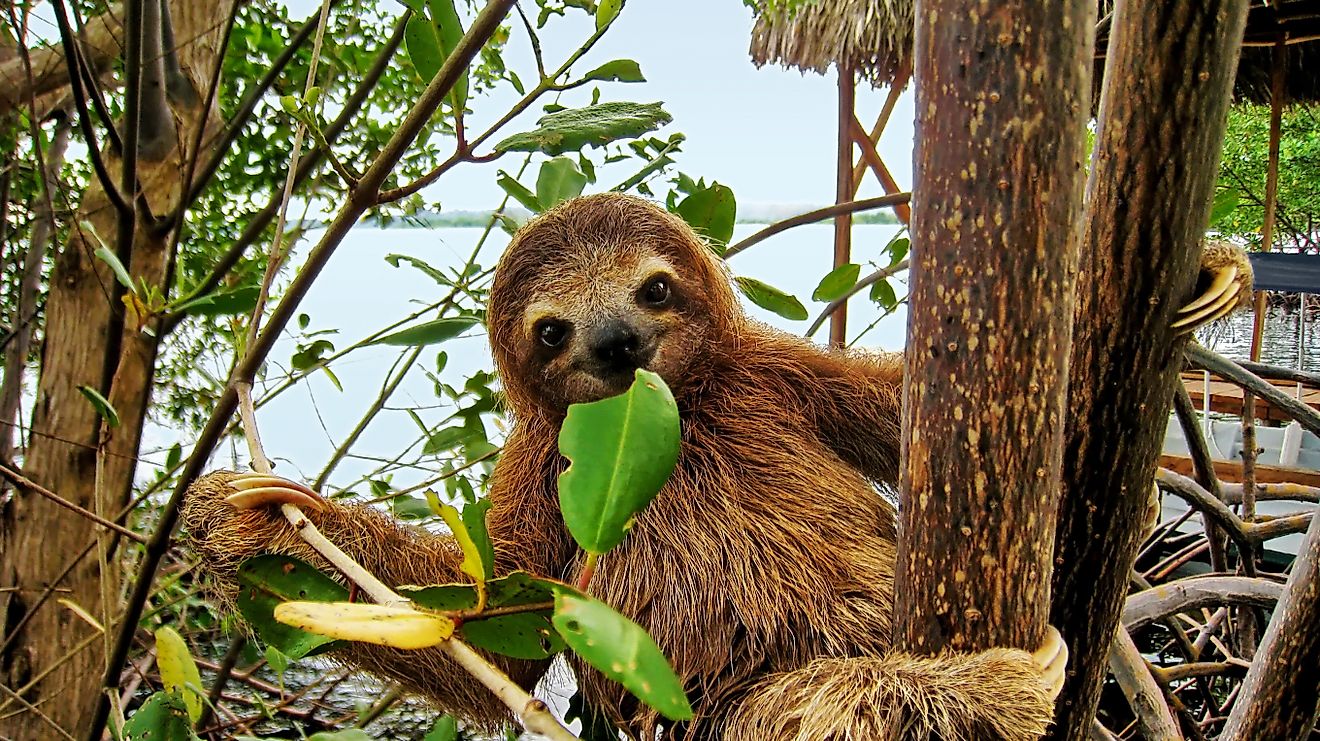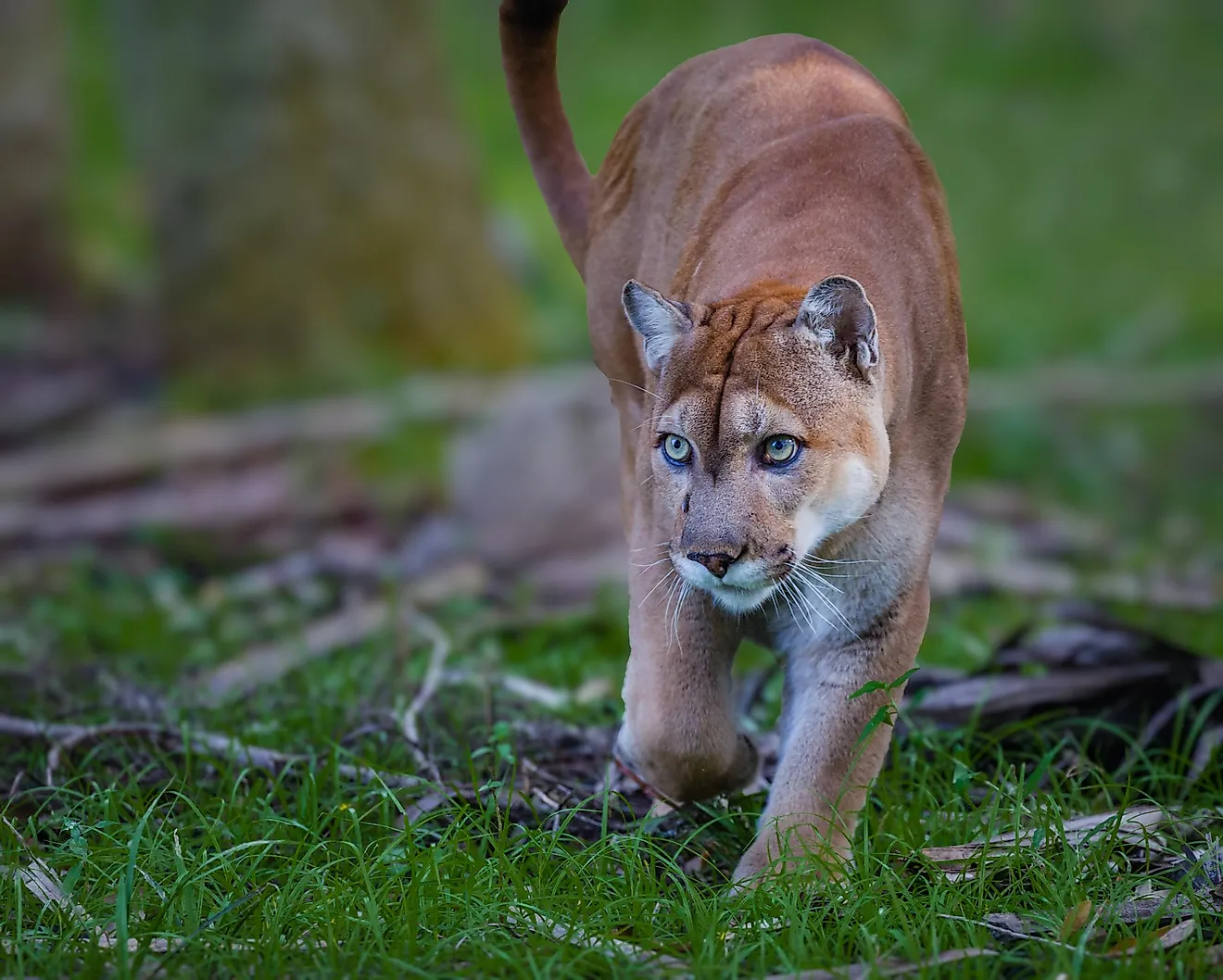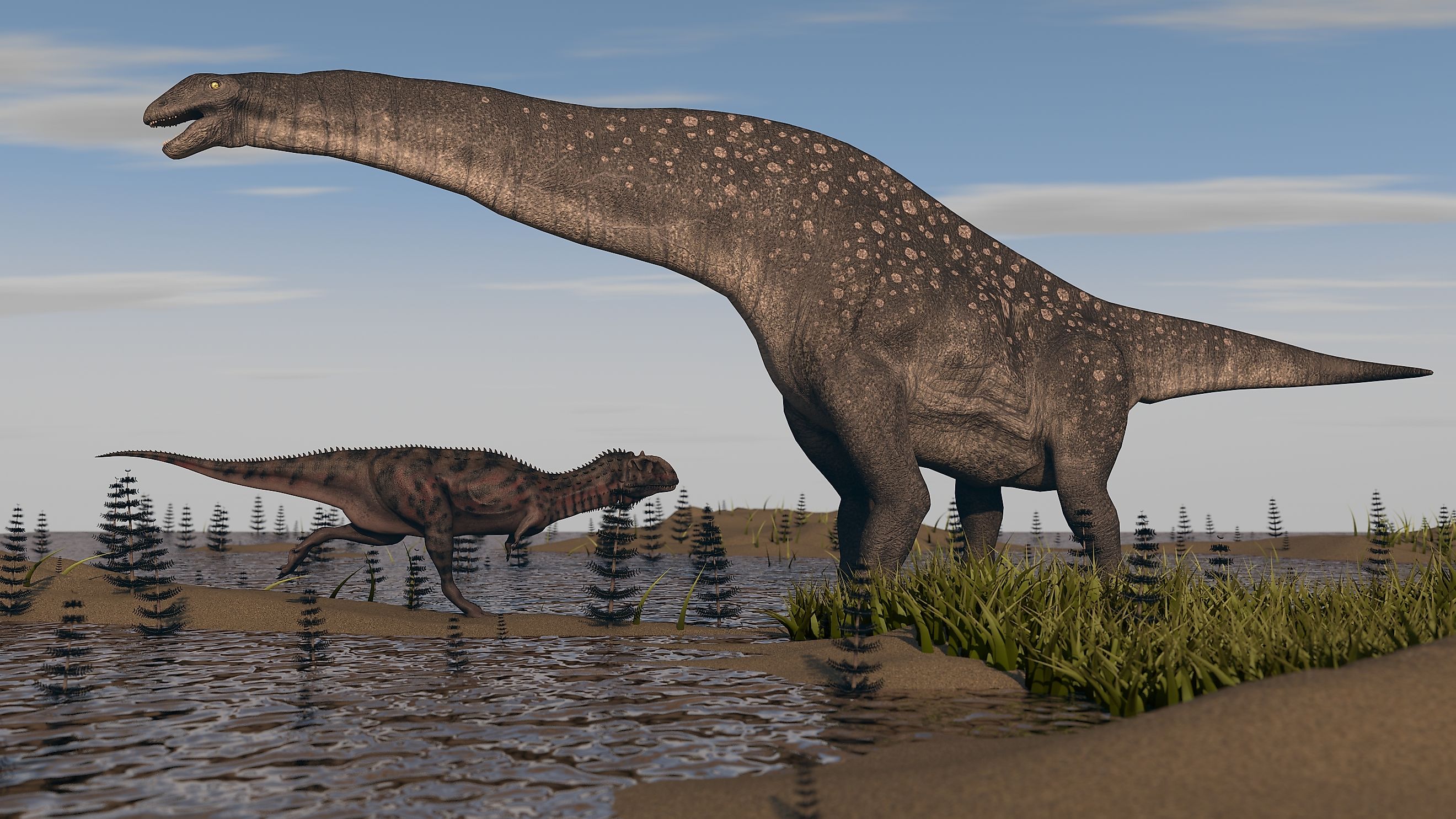
Titanosaurs Are the Largest Animals to Ever Roam Our Planet
Millions of years ago, during the age of the dinosaurs, some of the largest animals to ever roam the Earth existed. Among these colossal creatures were the sauropods, a group of long-necked, herbivorous giants that dominated the planet between 201 million and 66 million years ago. Within this impressive category were the titanosaurs, the largest terrestrial animals in history. Titanosaurs first appeared in the Late Jurassic Epoch, around 163.5 million years ago, and lived until the end of the Cretaceous Period, 66 million years ago. Spanning all seven continents and comprising over 100 species, titanosaurs accounted for more than 30% of all documented sauropods. This article will explore the fascinating world of these magnificent giants and uncover just how immense they truly were.
Biogeography & Habitat
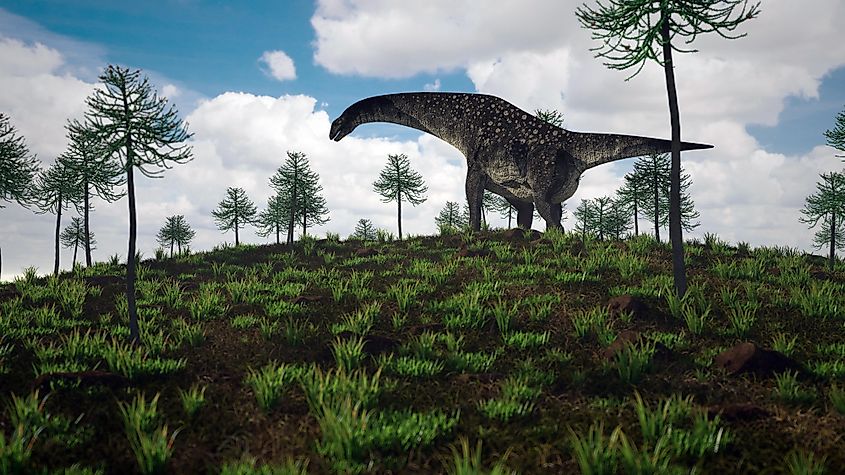
Titanosaurs were successful herbivores that roamed every continent, including Antarctica. Their fossils show a notable diversity in present-day South America, which was then part of the supercontinent Gondwana. Examining a modern-day world map, the global distribution of titanosaurs spans western North America, western Europe, central and eastern Asia, throughout South America, scattered locations in Africa and Australia, and even the Antarctic Peninsula. Argentina, particularly Patagonia, has been a hotspot for titanosaur discoveries, with the majority of titanosaur species recorded there.
Although titanosaurs have been found worldwide, most of their fossils are documented in the Southern Hemisphere, where flowering plants dominated the terrain during the Cretaceous Period. In these habitats, titanosaurs took advantage of the abundant vegetation. Their long necks enabled them to feed on various plants, from ground-level shrubs to the high-reaching leaves of tall trees.
Physical Characteristics
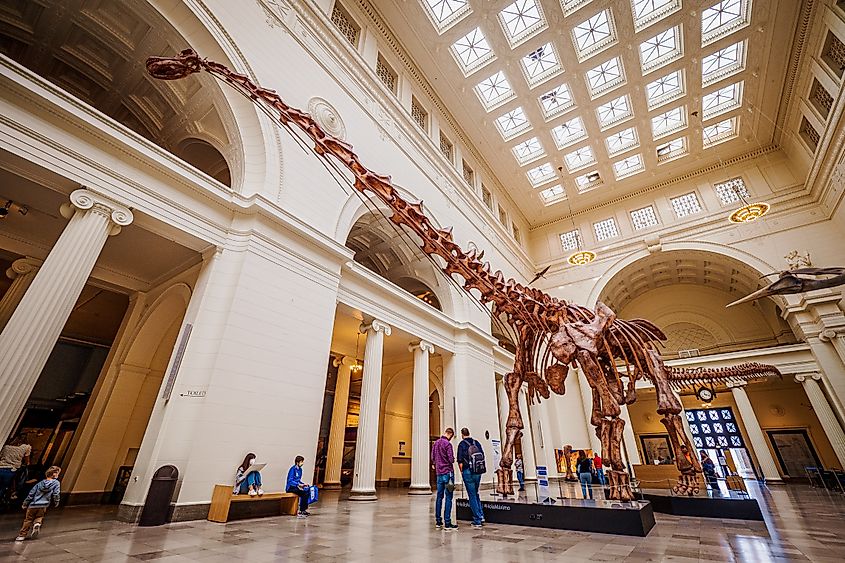
Titanosaurs varied in size, with the largest species including Argentinosaurus, Patagotitan, and Futalognkosaurus, reaching heights of up to 65 feet and lengths of up to 130 feet. Much of the biological success of titanosaurs can be attributed to their unique physical structure. Compared to other sauropods, titanosaurs had a wider-set stance and a sturdy leg structure, allowing them to support their sizeable body mass. Unlike other dinosaurs, titanosaurs' bones had hollow spaces, making them lighter and enabling them to grow larger than other dinosaurs without these adaptations. With abundant vegetation in their habitats and the ability to access and digest a wide variety of food sources, titanosaurs thrived under ideal conditions for growing to colossal sizes.
Just as elephants use their trunks to forage for food, titanosaurs used their long necks to reach various plants. Their larger bodies housed larger stomachs capable of processing significant amounts of food, providing them with the necessary energy and nutrients. To sustain the energy needed, titanosaurs had an efficient metabolism that allowed them to consume several plants other animals were unable to feed on.
Titanosaurs also had a unique physical design for supplying oxygen to their bodies. Like many modern-day avian species, titanosaurs had an air sac system that worked with their lungs to nourish them with oxygen even when exhaling, unlike humans, who only receive oxygen upon inhaling. This system made them highly energy efficient and capable of traveling long distances, which could explain their widespread distribution across the world.
While the titanosaur's physical characteristics provided many advantages, they have also made them susceptible to endangerment during times of food and water shortages, changes in climate, and more.
Reproduction
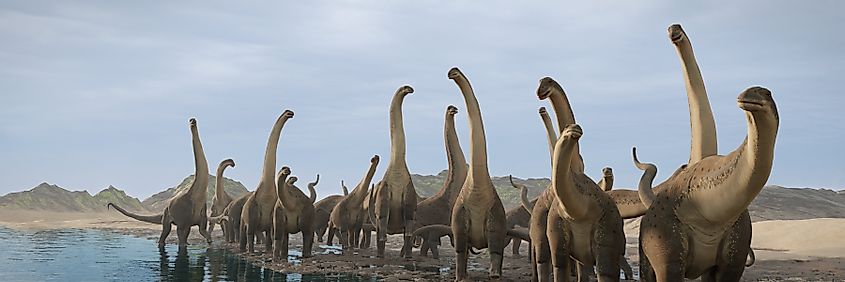
Similar to strategies seen in some modern species, such as sea turtles and certain birds, titanosaurs laid large quantities of eggs. Producing around 30 eggs at a time ensured the species' continued existence. Even if many of the hatchlings did not reach adulthood, the number of eggs laid increased the species' chances of survival.
Additionally, the nesting sites of titanosaurs, often found in clustered areas, suggest that these giant creatures may have returned to the same locations to lay their eggs, similar to the nesting behavior observed in sea turtles today. These nesting grounds, likely chosen for their favorable conditions, provided a safe environment for the eggs to develop. Once hatched, the young titanosaurs would have benefited from the abundant vegetation in their habitats, which offered ample food sources to support their rapid growth.
Extinction
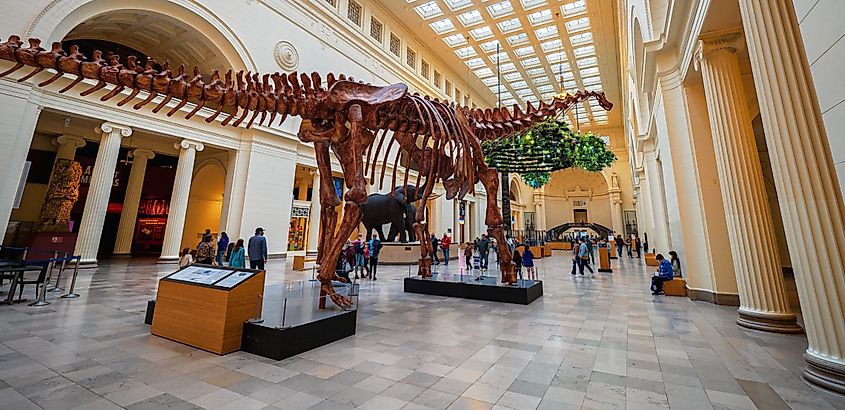
With nearly 100 species classified as titanosaurs, different species went extinct at different times throughout the Cretaceous Period. Titanosaurs eventually became extinct entirely due to extraordinary changes in the global environment. The last titanosaurs roamed the planet up until an asteroid collided with the Earth off the coast of the Yucatán Peninsula in Mexico 66 million years ago. This impact triggered a series of catastrophic events that led to the mass extinction of titanosaurs, along with the majority of species on the planet. The aftermath of the asteroid strike included debris blocking sunlight from reaching Earth, global-scale wildfires, and massive volcanic eruptions. As these events progressed, titanosaur populations likely faced struggles such as habitat loss, limited food and water resources, and dangers from natural disasters.
Final Thoughts
Titanosaurs were a group of biologically successful sauropods that reached global distribution before their eventual extinction 66 million years ago. The prehistoric giants had several unique physical attributes that contributed to their capability to reach extensive sizes. Their long necks allowed them to access food sources that other animals could not reach, and their specialized metabolism enabled them to digest vegetation that was difficult for other herbivores to process. Their physical structure, including a wider-set stance and sturdy legs, also supported their massive bodies.
Their physical stature was made possible with the support of an ideal ecosystem that provided species of titanosaurs with the resources needed to fuel an animal of such massive proportions. As a colossal-sized species, their mass and tendency to live in large herds provided an added layer of protection from predators, which increased survival chances during a predatory attack. This combination of physical characteristics and a suitable environment allowed titanosaurs to become and remain the largest animals ever to roam the planet.



